Financial Times recently updated their style guide:
data — the rule for always using data as plural has been relaxed. If you read data as singular then write it as such. For example, we already allow singular for ‘big data’. And we should for personal data too. An easy rule would be that if it can be used as a synonym for information then it should probably be singular — and if we are using it as economic data and mean figures, then we should stick to plural.
And for kicks, I dug up my New York Times style guide from 1999:
data is acceptable as a singular term for information: The data was persuasive. In its traditional sense, meaning a collection of facts and figures, the noun can still be plural: They tabulate the data, which arrive from bookstores nationwide. (In this sense, the singular is datum, a word both stilted and deservedly obscure.)
Data are sounds weird to me most of the time. When I say it like that, I feel like I should also drink a cup of tea with my pinky sticking out and a monocle firmly planted for distinction.


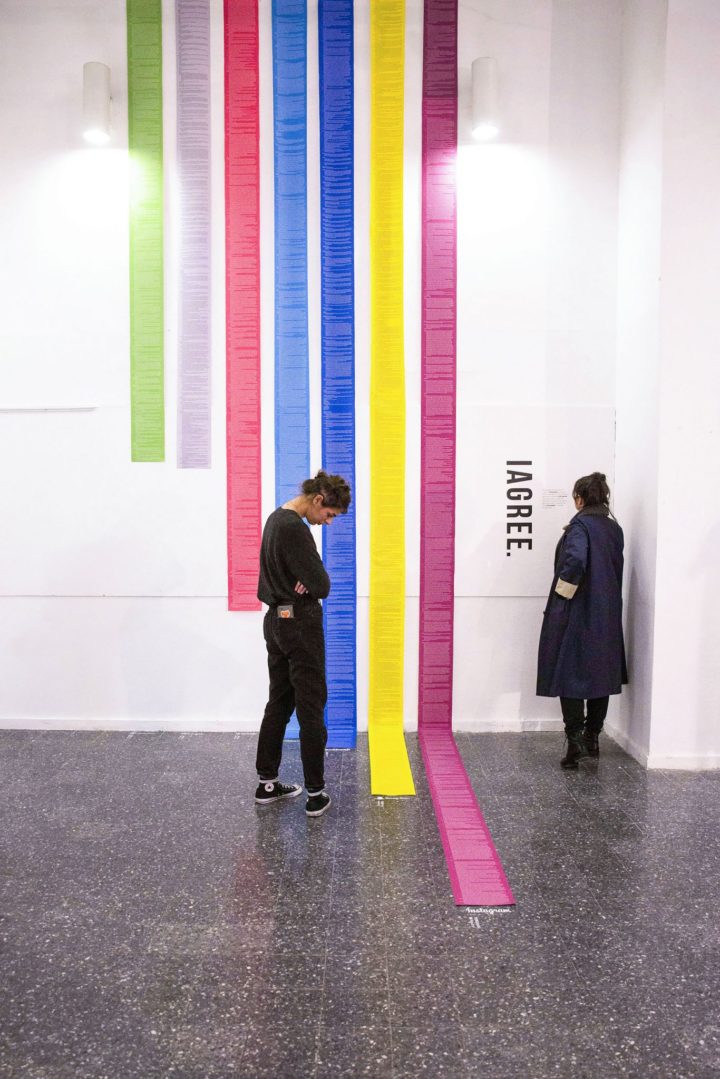

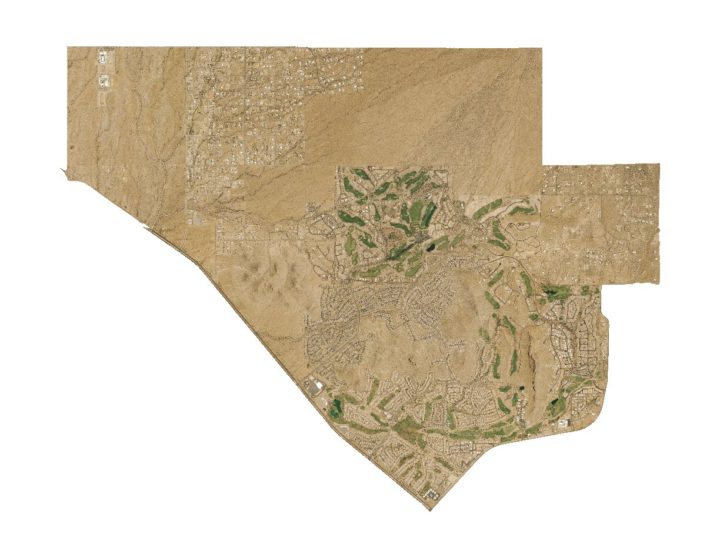
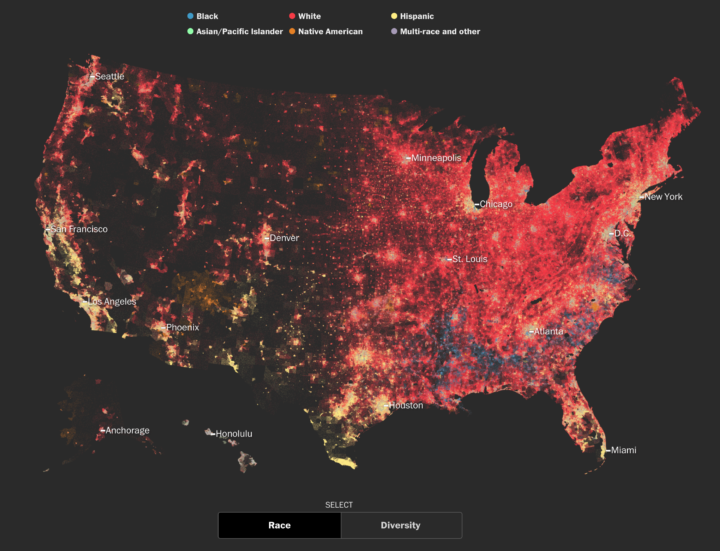
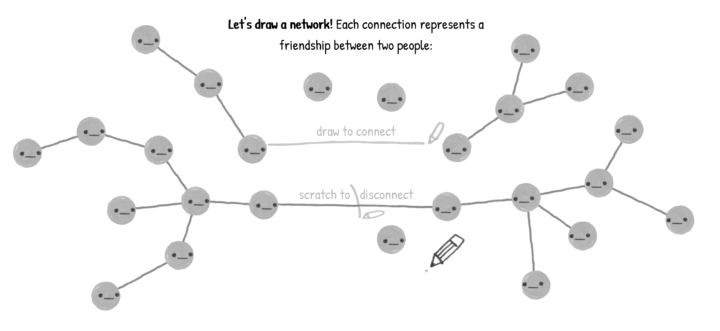

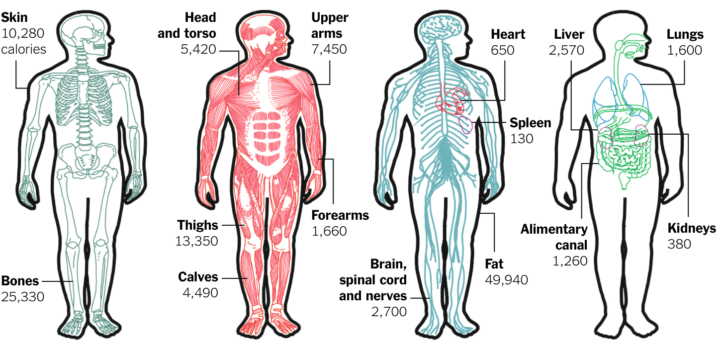
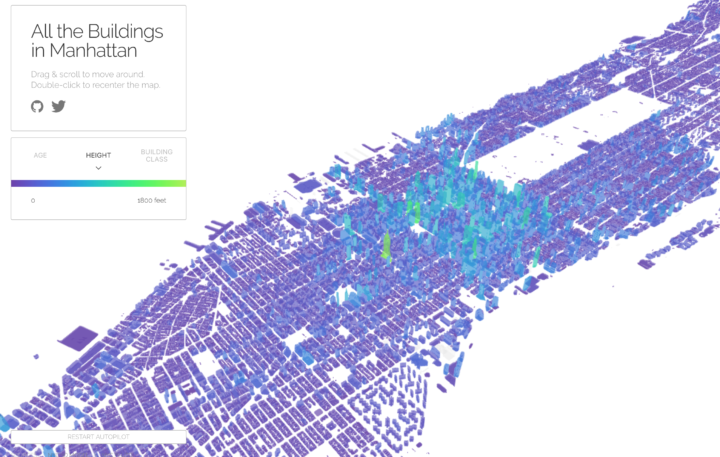
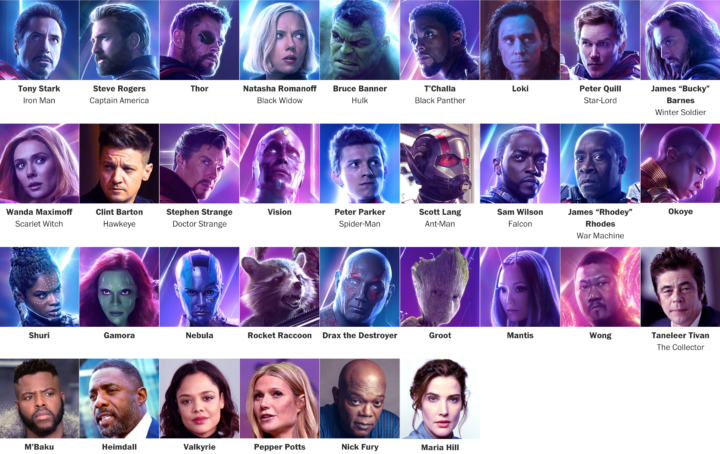

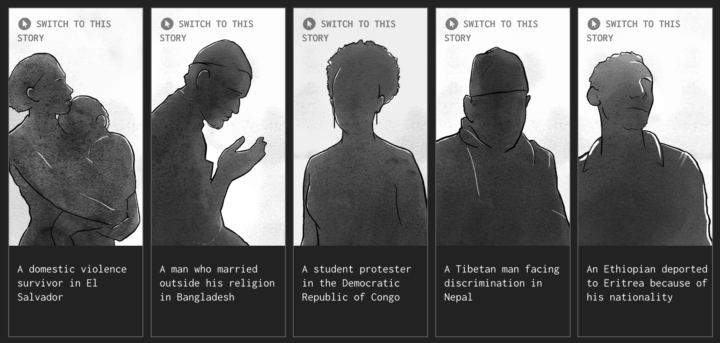

 Visualize This: The FlowingData Guide to Design, Visualization, and Statistics (2nd Edition)
Visualize This: The FlowingData Guide to Design, Visualization, and Statistics (2nd Edition)










